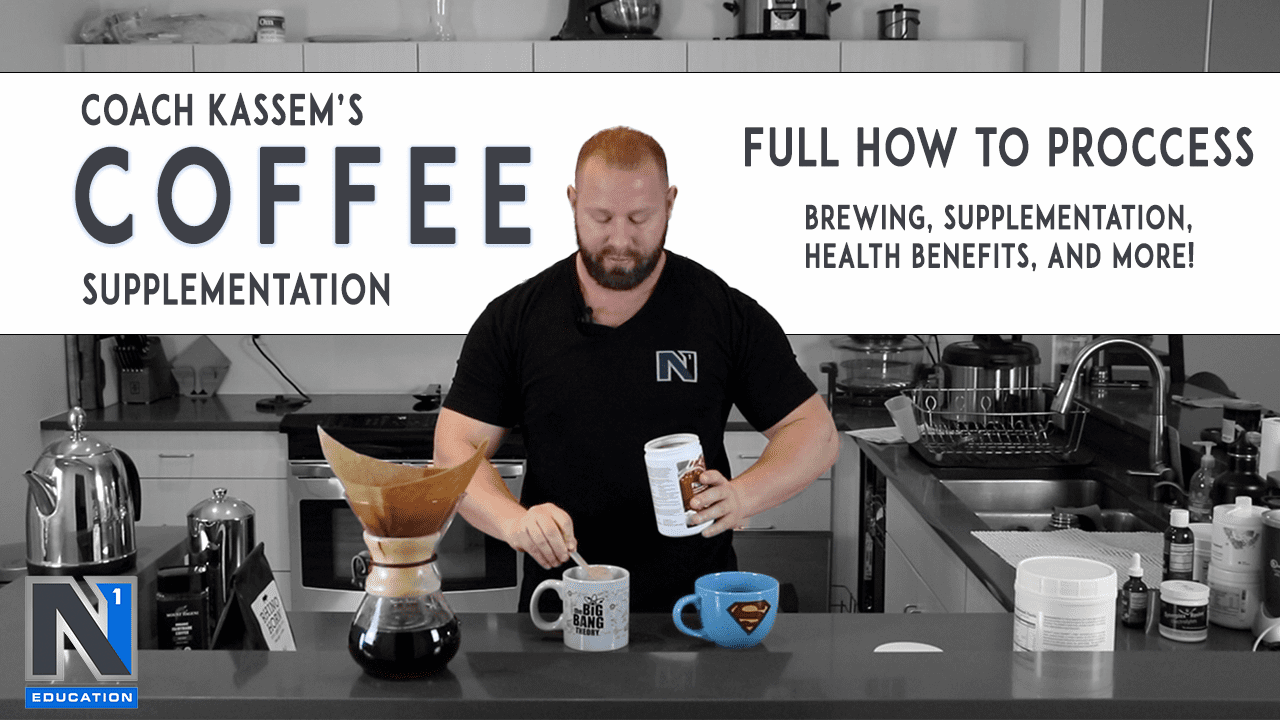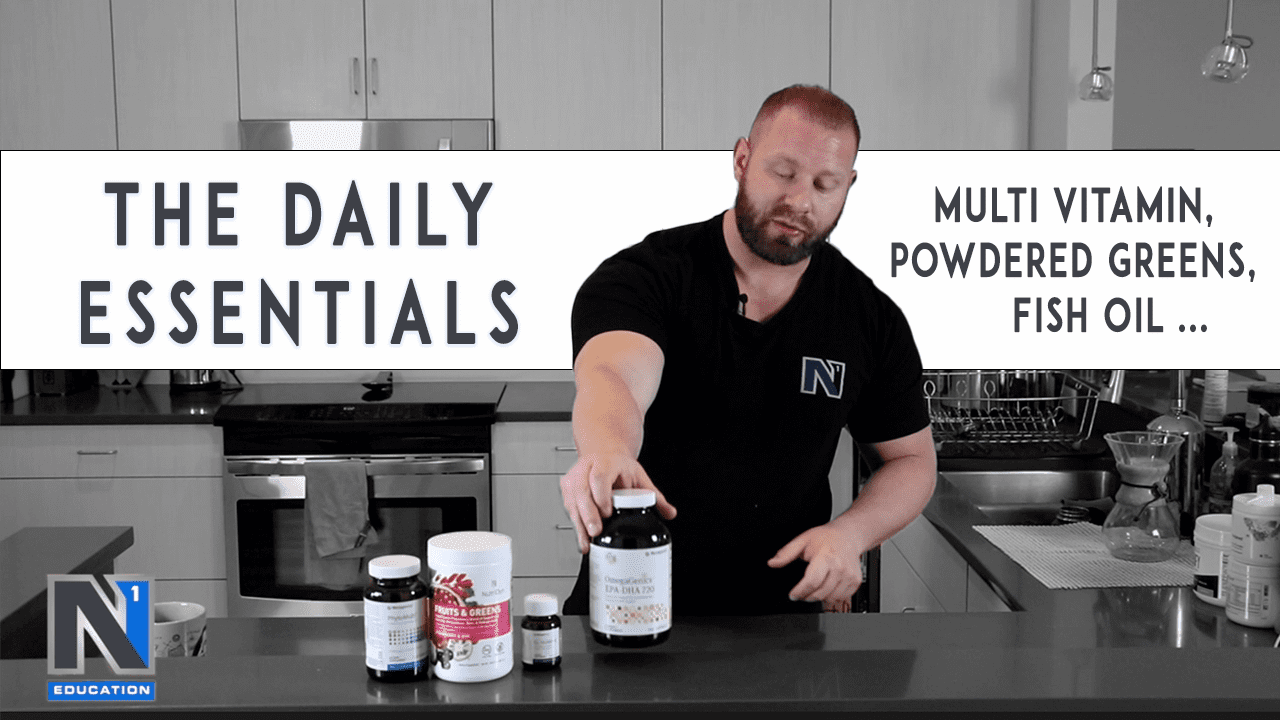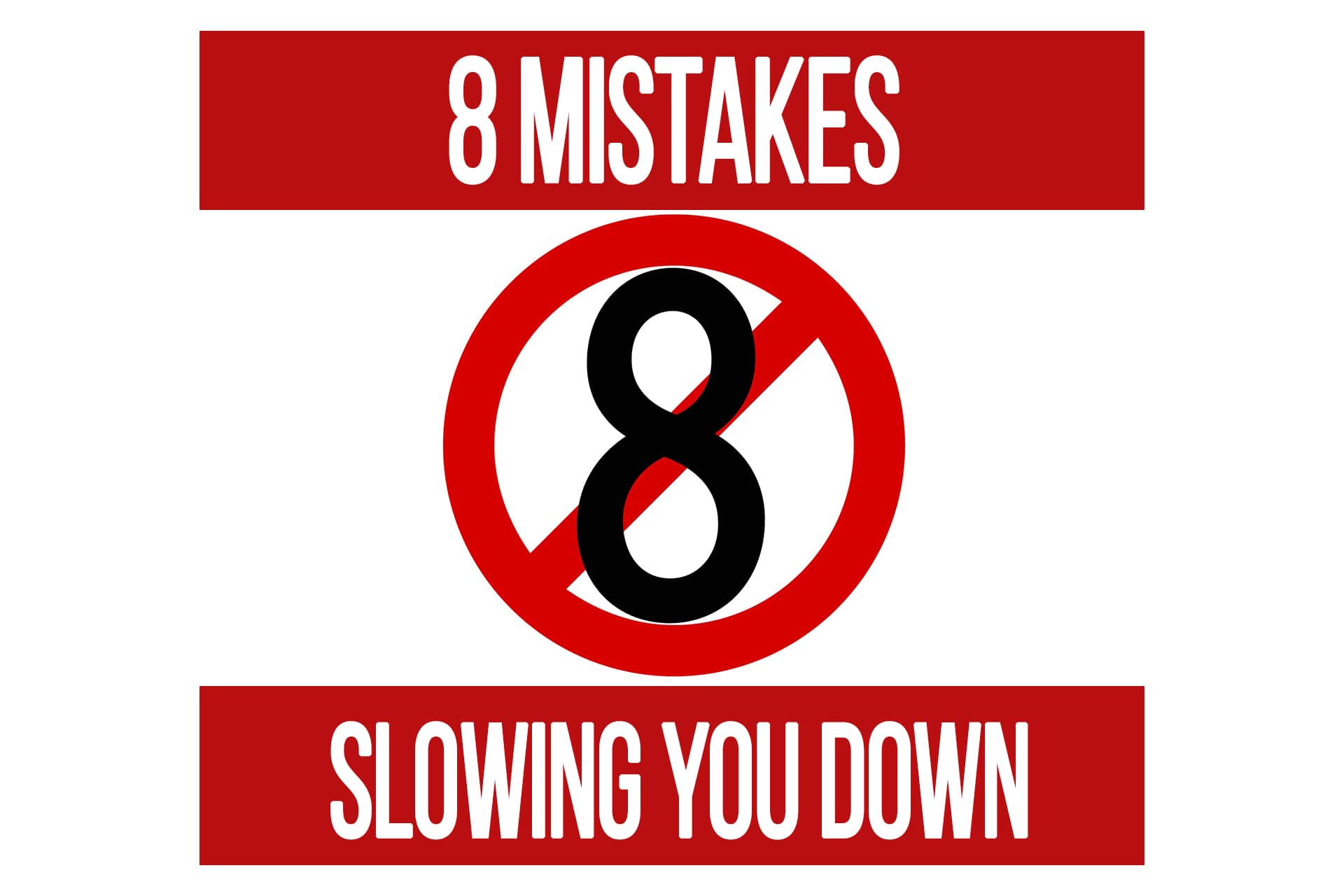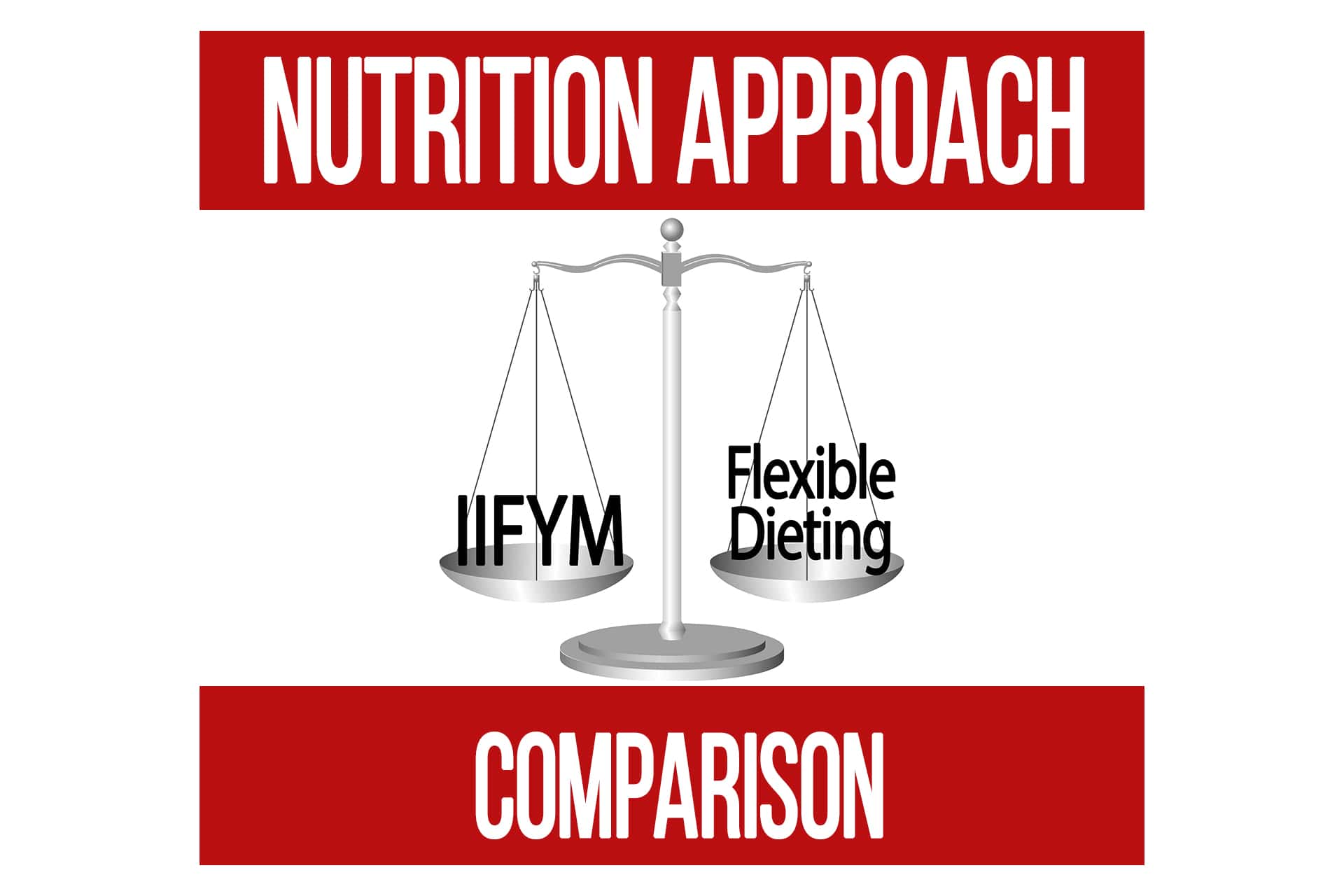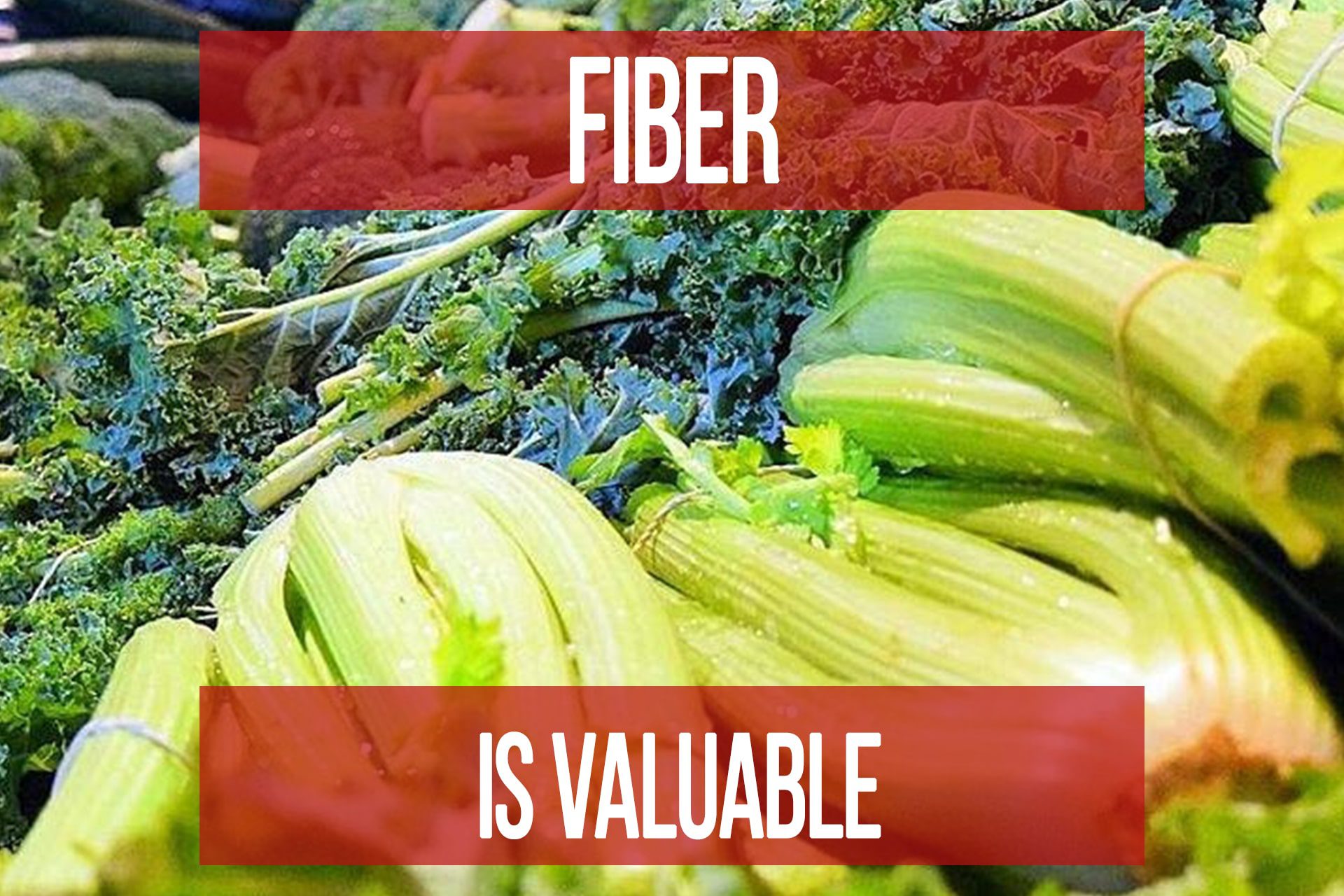Nutrition Label Deceptions
n1 training
Performance improvements and muscular growth are contingent upon both the stimulus from training and the availability of nutritional resources to recover. Most would agree that it is important to manage what we put into our bodies if we expect to get the most from our carefully planned diets and rigorous training regimes.
Although it is generally better to stick to whole single-ingredient foods and avoid items that come in wrappers or boxes, understanding the labeling information on the foods we consume is valuable. This knowledge will likely have an impact on your health and your body-composition if and when you choose to consume these items. First, we must distinguish the difference between two types of labels; “Supplement Facts” and “Nutrition Facts”.
FDA Definitions
According to the Food and Drug Administration (FDA), a supplement is defined as a product consumed orally that is not intended as a sole meal and contains ‘dietary ingredients’ which include [1]: · Vitamins · Minerals · Herbs or other botanicals · Amino acids · Enzymes The primary differences occur in the disclosure of sources of ‘dietary ingredients’. For example, sources cannot be listed on a “Nutrition Facts” panel but can be in a “Supplement Facts” panel. Dietary ingredients without an established recommended daily intake (RDI) must be listed in the “Supplement Facts”, but are not allowed to be listed in a “Nutrition Facts” label [1]. Additionally, due to FDA regulations, many U.S companies list BCAA’s and similar as containing ‘0’ calories – this is due to them only being obligated to add macro’s such as protein, carbs and fats to their labels. Other supplements, such as some popular pre-workouts, do not list their calorie content despite having carbohydrates such as dextrose or maltodextrin because they are considered binders or fillers rather than active ingredients. The majority of this article will be focused on nutrition labels, but it would be negligent not to briefly touch on one crucial aspect of supplement labels.
Proprietary Blends
When reading a ‘proprietary blend’ on a supplement, it is important to note that the FDA only requires the total amount of the blend to be listed, though manufacturers can choose to show amounts of certain ingredients if they choose. The ingredients must be listed in order of weight, which can give you an indication of which ingredients make up the bulk of the blend and how much of the beneficial ingredients you want are actually in the products. For example, the first ingredient listed should be the most abundant ingredient included in the blend (based upon weight), the second listed ingredient should be the second most abundant etc.
Nutrition Labels
0 ≠ Zero
One of the current marketing trends is to list something as ‘zero calorie’ or ‘0g Trans Fats’, but that does not mean that there are not any calories or trans fats in the product. According to the FDA, when the caloric value for a serving of food is less than 5 calories it is allowed to be listed as zero and meets their definition of calorie-free [2]. In these cases it is essential to consider the serving size as well. Many products that are listed as ‘zero calorie’ have very small serving sizes meaning that it is easy to add excess calories by using large portions or consuming overly-frequently, such as powdered drinks or artificial sweeteners. Some companies are certainly guilty of purposely presenting unrealistically small serving sizes just to give the illusion of being calorie-free, an example being many ‘zero calorie’ cooking sprays which often list a serving size as being ⅓ of a second per spray (the maximum needed to be able to still round down the calories to zero).
Sugar Content
Not all sugar is “bad” as touched on in other articles. They key point is to determine what the source (and context) is. Naturally occurring sugar, such as in vegetables and fruits, are certainly not a serious health concern given that ludicrous amounts that would need to be consumed to fall into that category, though added sugars and artificial sugars should typically be limited. Also, a sugar being classified as ‘organic’ does not necessarily mean it is better for you (cane sugar used in soft drinks for instance) and still carries with it the potential for harmful effects like any other sugar consumed in excess; increased inflammation, body fat accumulation, and insulin resistance to name a few. The term ‘organic’ as it relates to sugar, refers to the farming methods used to procure it, but that does not mean that it’s any less highly processed than other types of sugar [3]!
"Enriched" But Less Healthy
Just because something isn’t considered a sugar, doesn’t mean that it won’t have the same or similar effect on blood sugar. Enriched grains have less nutrient value and will have a greater impact on elevating blood sugar and stimulate insulin more than whole grains will. They are actually more highly refined and have had the germ and bran removed (the bran and germ contain the natural fiber and nutrients), therefore the manufacturer adds back in synthesized ingredients in an attempt to compensate, however these artificial ingredients may not have the same bioavailability as their natural counterparts.
Don't Get Caught By the Catchphrase
Companies regularly use popular phrases or buzz words that appeal to the common consumer. The fact that you are reading this article means you are clearly a step above the average shopper, but don’t be misled by marketing phrases such as:
| Catchphrase | Translation |
|---|---|
| “All Natural” | Vegetables are natural, but so are arsenic and snake venom. This only means that artificial ingredients were not added and the product was minimally processed but does not indicate the quality or effect it has on your body [4]. |
| “No Sugar Added” | Just because additional sugar was not put into the product does not mean that the sugar content is low. Technically, raw cane sugar can be labeled as ‘no sugar added’ too. |
| “Sugar-Free” | A common phrase on many items marketed as ‘diet food’. Usually this means that additional fats and artificial sweeteners are included in excess to compensate and improve the flavor. Some artificial sweeteners can also impact your blood sugar levels just as easily as regular sugar, but that is a topic for another article. |
| “Zero Trans Fats” | Trans fat amounts less than 0.5g (per serving or otherwise) are listed as “0” [2]. The key is to read the ingredient list and look for either “partially hydrogenated” or “hydrogenated”, which means that there are trans fats present. The scope and effects of trans fats are topics for a full article on its own, but the basic information is that it will increase LDL (bad cholesterol) and decrease HDL (good cholesterol) along with a host of other potentially negative side effects. |
| “Organic” | As mentioned previously, the organic label is based on the methods of farming for produce, dairy, and meat. The methods defined as ‘organic’ emphasize water and resource conservation while reducing pollution. It does not ensure that the products are free of contaminants or pollutant residue [5]. |
| “Fat-Free” | Often an indicator that other ingredients have been added to improve the consistency and flavor of the product to compensate for the lack of fats. Binders or thickener, lots of sugars, and/or artificial sweeteners are regularly found in excess in such products, none of which are beneficial to your health or physique goals. Oftentimes these additional ingredients can inhibit digestion and nutrient absorption. If something is added to bind your food together, what do you think it does in your digestive system? |
| “Light” | Products termed as ‘light’ can refer to reduced calories, which usually means less fat and more sugar. Or it can simply refer to the color, such as with olive oil or syrups, and the calories are exactly the same. Read carefully… |
| “Made with Real Fruit” | This marketing phrase has little to no value whatsoever because as long as there is more than 0% of actual fruit in the product then this claim is valid, even if the other 99.9% is pure chemicals. |
| “Free-Range (poultry)” | No, this does not mean that the birds were raised exclusively outdoors and allowed to roam around a wide-open field all day. It simply means that they were allowed outside regularly rather than being kept in cages 24/7 [4]. |
| “Fresh Poultry” | As long as the internal temperature of the meat has not dropped below 26˚F, it is still considered ‘fresh’ according to this designation [4]. It has no relation to the age of the meat since harvesting. |
Conclusion
Finding the nutritional or supplemental quality of an item is much more than reading just the numbers found on the panel. Yes, you will want to consider the overall calories and macronutrient content, but it is equally as vital to know where those macros are coming from. Carbs from natural fiber versus artificially added sugars clearly do not have the same impact on your health. If you want your body to operate, perform, and grow optimally then these points are essential to consider next time you pick-up a packaged item. As someone who cares about their health, a reminder that single-ingredient foods are usually your best bet, though if and when you delve into the world of packaged goods and the like, pay attention to what you’re putting into your body and keep in mind the famous phrase, “you are what you eat”. Be sure to put this knowledge to good use and choose wisely in order to optimize your health, your performance, and your body-composition in your quest.

Popular Pages
Learn & Train With Us
Add N1 Training to your Homescreen!

Please log in to access the menu.
